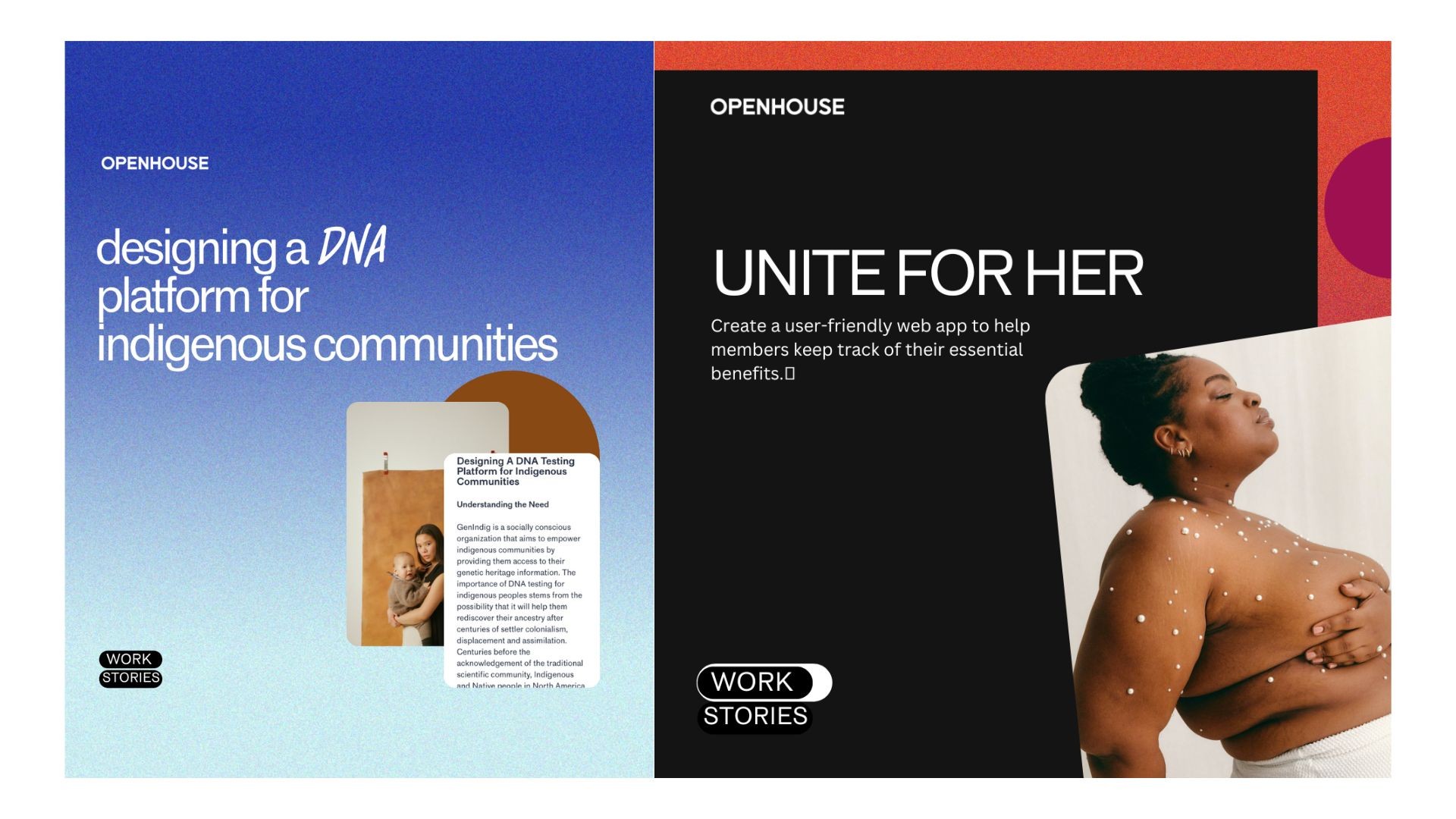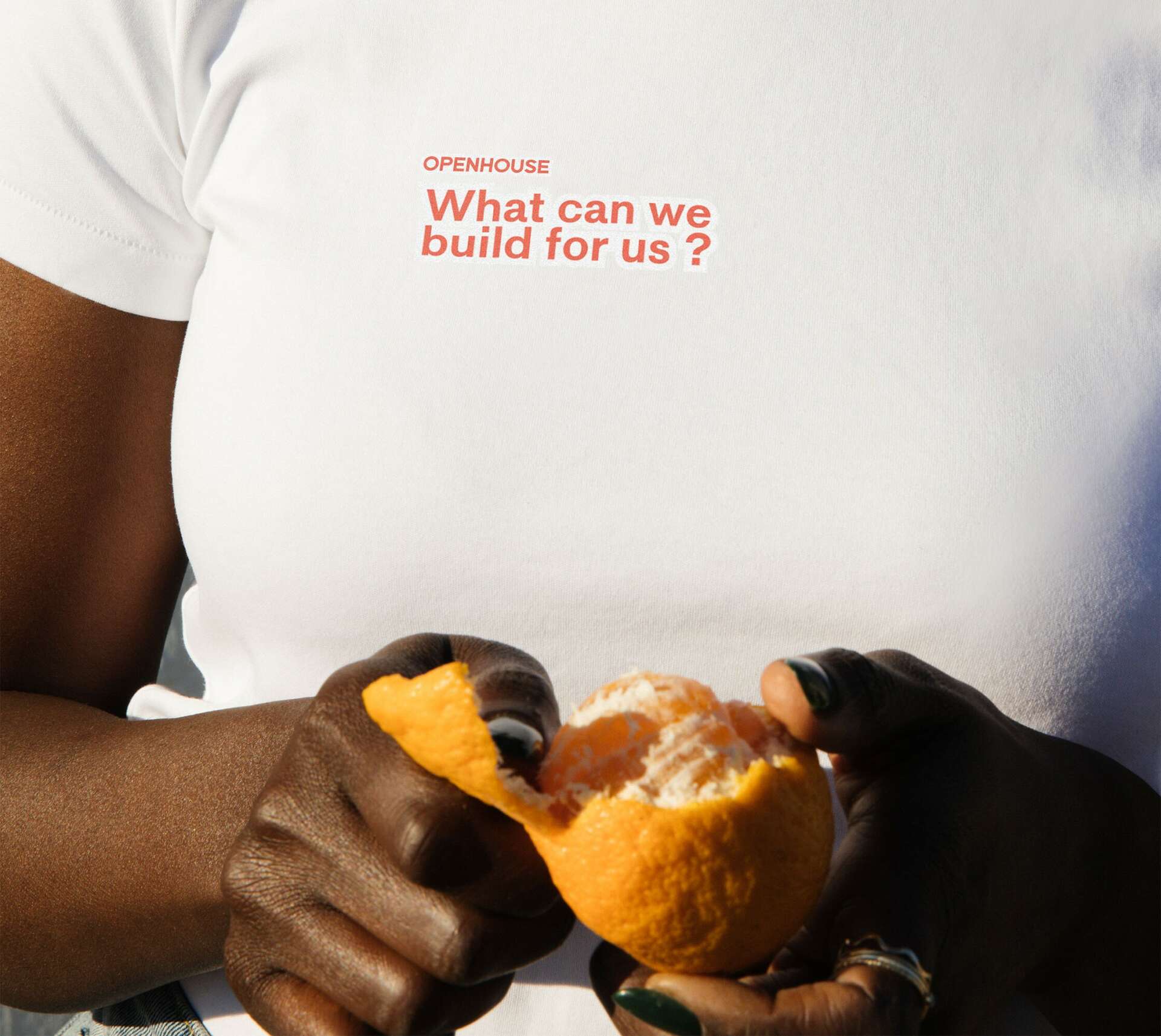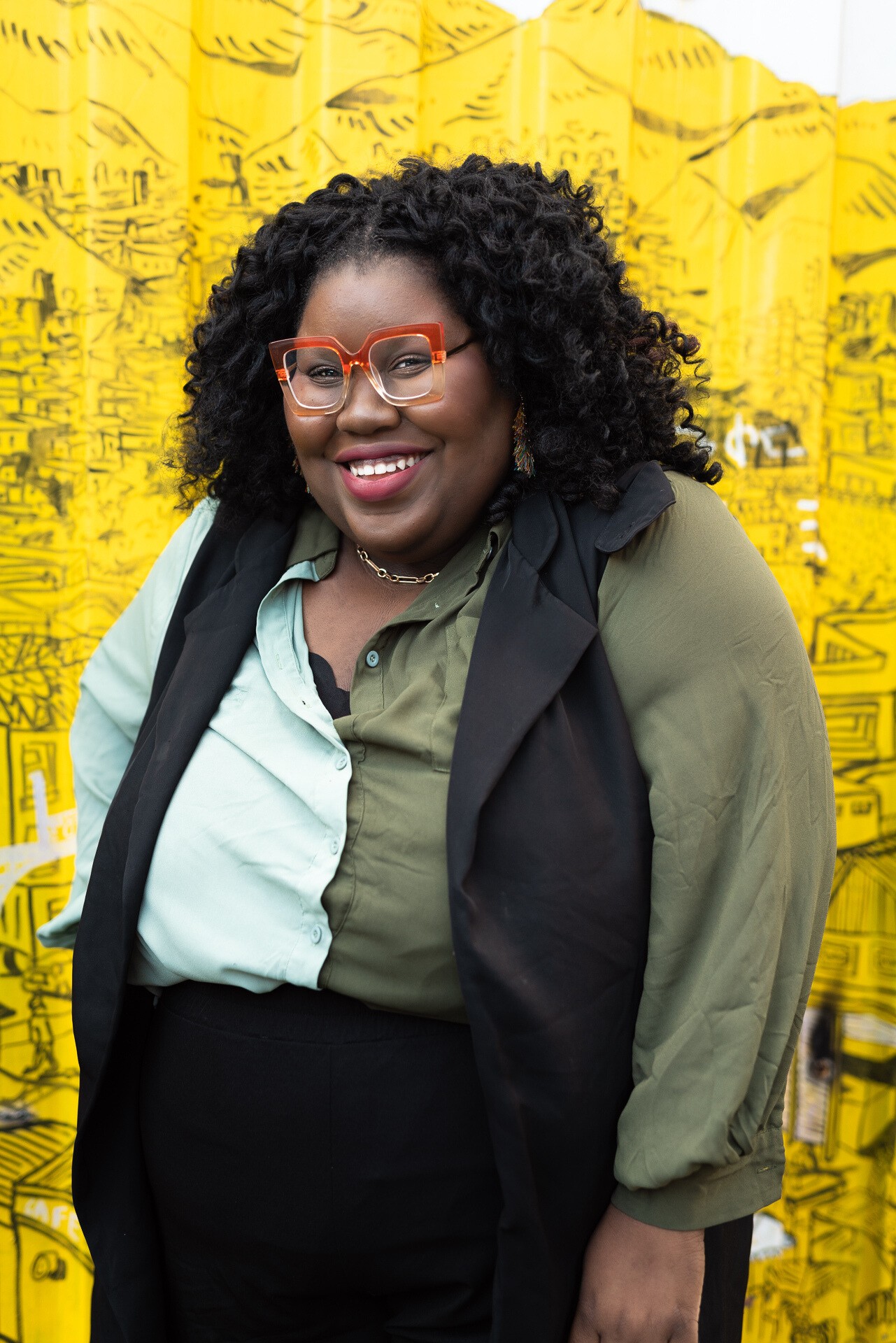We’re excited to introduce you to the always interesting and insightful Nagela Dales. We hope you’ll enjoy our conversation with Nagela below.
Nagela, thanks for taking the time to share your stories with us today Do you have any thoughts about how to create a more inclusive workplace?
One of the things I teach companies to do is include design justice in their project management. That may sound strange or something unfamiliar. How do you exactly do that, and why would you need to do that?
One of the key pillars of design justice is designing for the margin.
We need processes, routines, and rituals that can support us when many other barriers make it harder for us to be more inclusive. When budgets are tight, deadlines are fast approaching, you are rewarded for speed when social wealth is not evenly distributed, and you find that there are some people more in the loop[ on a project than others. How we work together, and many people just stop at who is in the room. I like to incorporate the principle of Notice and Reflect from Liberatory Design, where we have already planned for moments along a project to check our bias, reflect on what is happening, whether we are aligned with our values, and whether harm is created. What tools of inclusion does this project need? More documentation, inviting people with lived experiences, someone to advocate between team and leaders?

As always, we appreciate you sharing your insights and we’ve got a few more questions for you, but before we get to all of that can you take a minute to introduce yourself and give our readers some of your back background and context?
Born and raised in Brooklyn, my journey into the world of business was shaped by two main things, As I ventured into the city’s more “affluent” parts, I experienced firsthand the shaping power of businesses and brands on narratives about identity and belonging, as I was followed in stores or ignored altogether. Witnessing the transformation of my neighborhood, I understood the profound impact businesses have on defining who belongs where. Secondly, starting my first business with minimal resources, I experienced what many of us do, which are the stark resource and educational disparities faced by Black and Brown founders.
I realized the need for a bridge to close the gap between resources and knowledge for BIPOC-founded businesses. But my goal wasn’t to recreate the same system and just be happy that we could participate.
What did leveraging the design tools and culture that allowed founders with access to privilege to innovate, experiment, break things, and take chances? And leverage those tools for ourselves, for people who want to the historically excluded, for those who want to achieve growth while staying true to their commitments towards responsibility & sustainability without sacrificing either.
This insight led to the birth of OpenHouse – a business design and equity strategy consultancy. At OpenHouse,
Our driving force is a set of critical questions:
Who is recognized as an ‘Innovator’?
Who receives the opportunity and resources to innovate?
For whom is it deemed worthy to innovate? What problems are deemed worth
Who gets left behind in the name of ‘innovation’? How do we make sure innovation does not make the new colonization.
At the core of, OpenHouse, we provide more than just solutions; we offer a creative and nurturing environment for founders. We focus on designing, testing, and launching business models, products, and user experiences centered on equity, joy, and liberation.
So that could look like Project GenIndig, Where we lead the venture design, market research, and ethnographic studies for GenIndig, identifying a gap in DNA testing services for indigenous communities and highlighting the importance of trust and cultural sensitivity, to working with service-based organizations like ServiceNow and Threespot to ensure the integration of design justice in all aspects of their work, from project inception to delivery. To build a learning platform for the Harriet Tubamn Effect institute as a hone t house their incredible research.
At OpenHouse we have three action areas, including Mutual Aid. We are asking ourselvres .How can businesses close the mutual aid gap in communities with dedicated ongoing action?
Globally, we’ve seen the impact of corporate lobbying, but imagine harnessing that influence for solidarity and mutual aid at a local level. What if ‘corporate responsibility’ evolved into a deeper commitment to community support and mutual aid? At OpenHouse, we explore these possibilities, seeking ways businesses can close the mutual aid gap in communities through dedicated, ongoing action.
What sets us apart is not just what we do but how we do it – with a commitment to not just growth but responsible and sustainable growth.

How about pivoting – can you share the story of a time you’ve had to pivot?
As a business designer, you are used to being asked to build a business case but during 2020 and Black Lives Matter, more and more companies were looking of help with their equity strategy. And has the months went on and as I was being pulled into these meetings to show or explain the business case behind diversity and inclusion, I realized that I no longer wanted to partner with companies that needed the business case.
I no longer desired to try and pitch companies on the why , I wanted to work with companies that was looking for the how. And for the companies looking for the business case instead of long committed engagements, I gave them the tools and workshop to do that work on their own. I created a very specific boundary for what I was looking for, in a partner client.
This helped me develop the workshops that are such an integral; part of my business today, I embraced my skills of facilitation, speaking and teaching that I perhaps did not value as much as the strategy side. At the times, I felt like I had something to prove, and honored the skills that I felt more insecure about over the ones that came naturally to me.
Are there any books, videos or other content that you feel have meaningfully impacted your thinking?
As I try to manage business growth that is driven by equity, I often feel more like a business philosopher than a designer or strategist. I need books that touch my mind, the most human part of me, but also challenge me.
Doughnut Economics: Seven Ways to Think Like a 21st-Century Economist, written by Kate Raworth
Doughnut Economics: Seven Ways to Think Like a 21st-Century Economist, written by Kate Raworth, challenges traditional economic thinking and presents a new framework for sustainable development. The book isn’t saying anything about climate activists; native and indigenous people have been sharing for centuries. But she uses her experience as an economist to share frameworks that apply to our current systems.
The current economic model can’t handle the complicated problems the world is facing right now, like climate change, inequality, and environmental damage. Raworth’s “doughnut” framework is a picture of a safe and just place for people to live. The inner ring shows the basic needs of all people, and the outer ring depicts the limits of the planet’s ecosystem. Raworth says that economic development’s goal should be to ensure everyone has access to the resources and opportunities they need to succeed while staying within these ecological limits.
The book explores seven ways to think like a 21st-century economist, including:
* Challenging the obsession with GDP growth,
* Embracing complexity and uncertainty ( you can read more about Embracing Complexity as a mindset here)
* Designing for distributive and regenerative outcomes
Raworth also shows how this new economic model can be used in the real world, from small-scale projects to national policies.Throughout the book, you are shown a way to think outside the traditional boundaries of economics and how economic decisions affect society and the environment. By doing this, she paints a powerful picture of a more just and sustainable future. Doughnut Economics is a must-read for anyone who wants to change how our economy works and make the world more fair and sustainable.
Belonging by bell hooks
And a book that is incredibly close to my heart, Belonging: A Culture of Place, was written by bell hooks.
Belonging explores the concept of belonging and the role of place in our lives. The book says that a lack of connection to place causes the disconnection and fragmentation many people feel in modern society. We can rebuild these connections by emphasizing community and local culture more.Hooks brings you back to her childhood in rural Kentucky and her observations of modern culture to show how important place is in shaping who we are and how we relate to each other.
She contends that a sense of place can serve as a springboard for one’s development as a person, as a creative force, and as an activist for social justice.Belonging looks at how we can build a sense of place through things like education, the arts, and community-building projects. It emphasizes the importance of recognizing and valuing the diversity of experiences and perspectives within a particular place and cultivating relationships grounded in empathy and understanding.
One of the main points throughout the book is especially relevant for founders looking to build meaningful things in a meaningful way. Also challenges us to think critically about how social and economic systems can contribute to a sense of disconnection and rootlessness and to work towards creating a more sustainable and just society.
Collective Courage by Dr. Jessica Gordon Nembhard
Since individualism is at the heart of capitalism, the movement toward a cooperative economy counterbalances and dismantles that ferocious individualism.
Collective Courage provides a thorough history of Black cooperative economic theory and practice in America. It examines the ways in which they have resisted oppression, used cooperatives for economic survival, and exercised their right to self-determination.
It serves as a reminder that Black people are innovators and that our innovations frequently provide the greatest possible benefit to the greatest number of people. Innovations include credit unions, housing cooperatives, agricultural cooperatives, and worker-owned cooperatives.
Contact Info:
- Website: ouropenhouse.co
- Instagram: ouropenhouseco
- Linkedin: linkedin.com/in/nagedales


